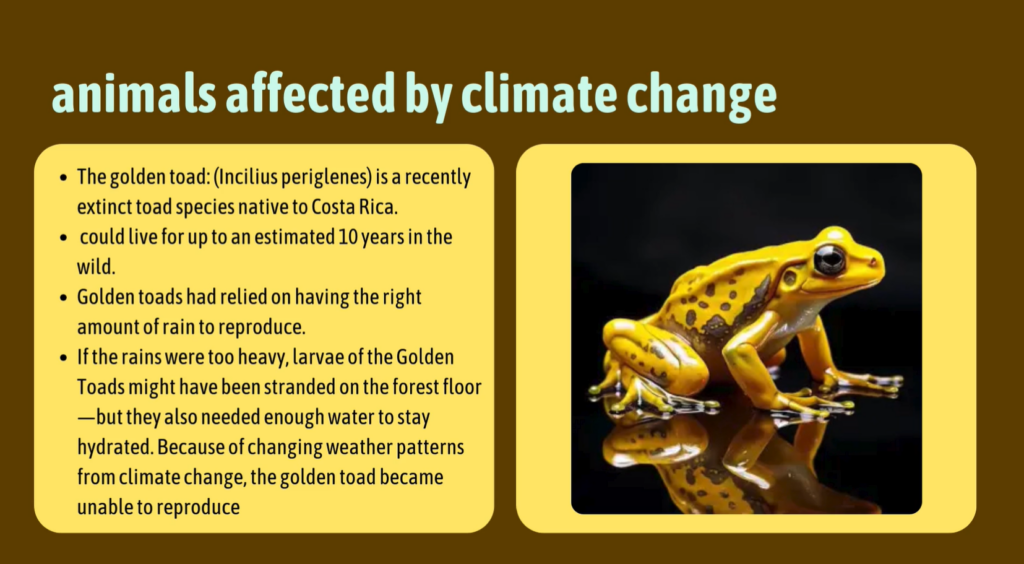Introduction
This project aligns with SDG 13: Climate Action, by addressing the challenge of improper waste disposal, which leads to increased landfill usage and pollution. Our interactive game aims to teach our audience how to sort waste correctly to promote sustainable waste management practices.
Problem Solving Strategy
To solve this problem, we designed a game where players sort various items into three bins: Recycling, Compost, and Landfill. This educates players on proper waste sorting while showing the impact of their choices on the environment. The game combines engaging visuals with feedback, making learning about waste management interactive.
Method and Technology Used
We developed the project in four key stages:
Research: We explored waste sorting guidelines and identified common misconceptions in recycling and composting, thus educating our target audience
Design: We created visual representations of waste items and designed the bin categories.
Development: Using HTML, CSS, and JavaScript, we built the game where players drag and drop items into the correct bins. JavaScript handles the game logic, scoring, and provides immediate feedback on sorting accuracy.
Testing and Iteration: We tested the game with peers, gathering feedback to improve user experience and ensure educational effectiveness.
Results
The game effectively enhanced understanding of waste sorting. Testing revealed an improvement in players’ ability to sort items correctly, although additional feedback on certain items could strenght and clarity.
Conclusion
This project demonstrated the importance of interactive learning in environmental education. Through game development, we gained skills in coding, user experience design and developed a deeper.
